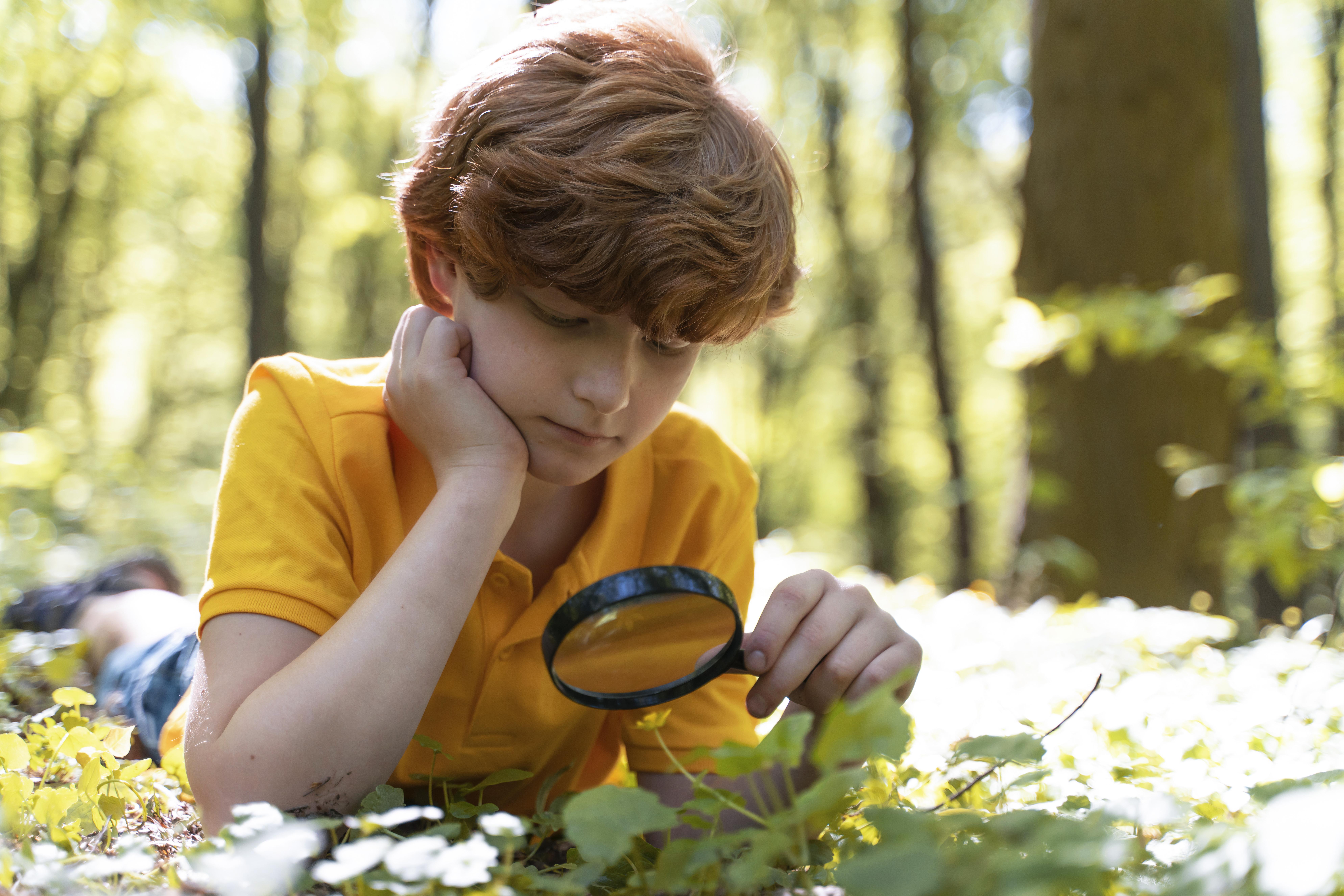Le Centre de Biologie pour la Gestion des Populations a pour vocation de comprendre les mécanismes qui régissent l’évolution de populations d’organismes importants pour l’agronomie, les forêts, la santé humaine ou la conservation de la biodiversité.
Le CBGP conduit une recherche de type académique tout en faisant en sorte que les résultats de ses programmes de recherche puissent déboucher sur l’élaboration de scénarios ou d’outils d’aide à la décision pour la gestion des bioagresseurs ou la préservation d’espèces menacées.
Pour améliorer les stratégies de lutte contre les espèces nuisibles et identifier les moyens de conservation des populations naturelles menacées, il faut savoir comment elles répondent aux contraintes auxquelles elles sont soumises.
Au-delà de ses missions premières de recherche et de formation, le CBGP s’investit dans la sensibilisation, la vulgarisation et la médiation scientifique du grand public autour des thèmes de la biodiversité, de l’écologie et de la biologie de l’évolution.
